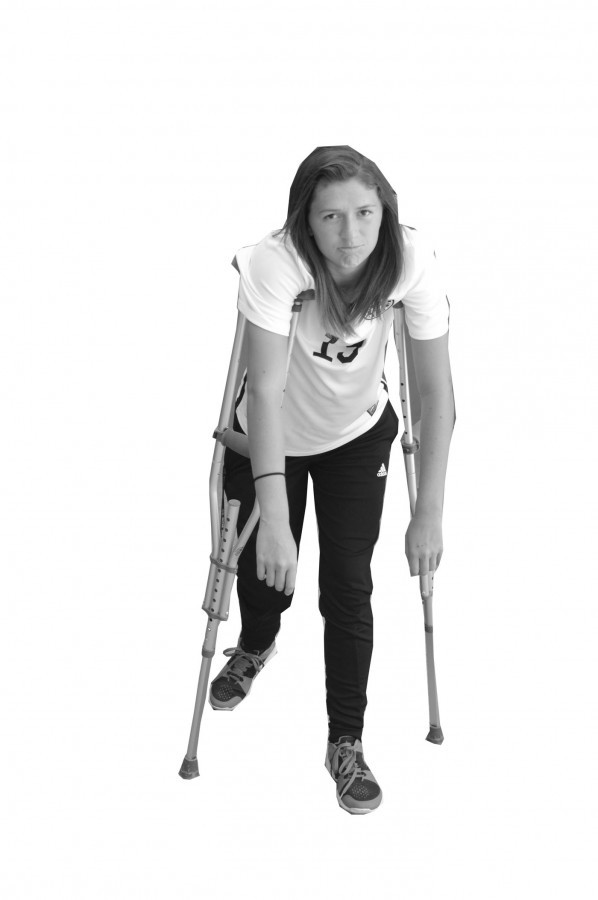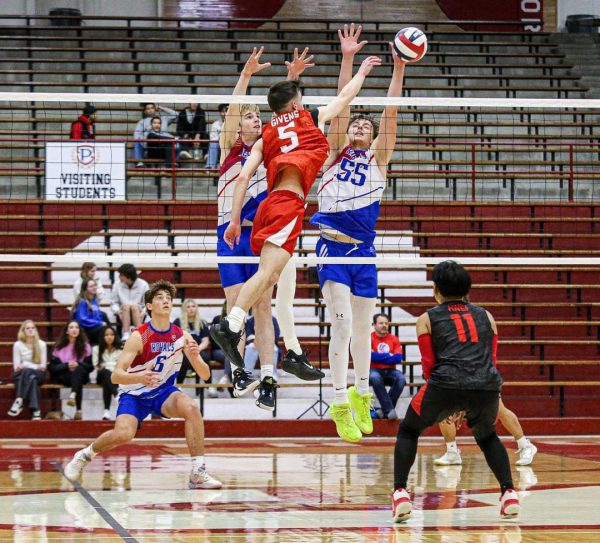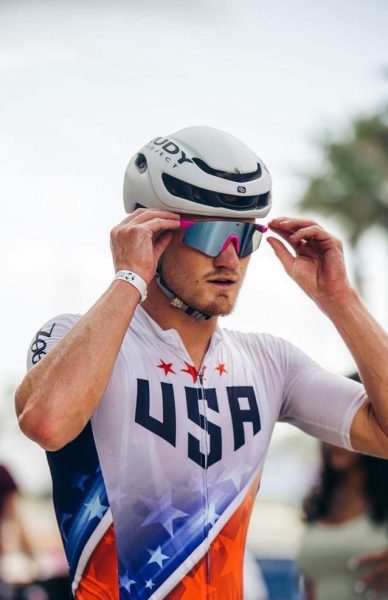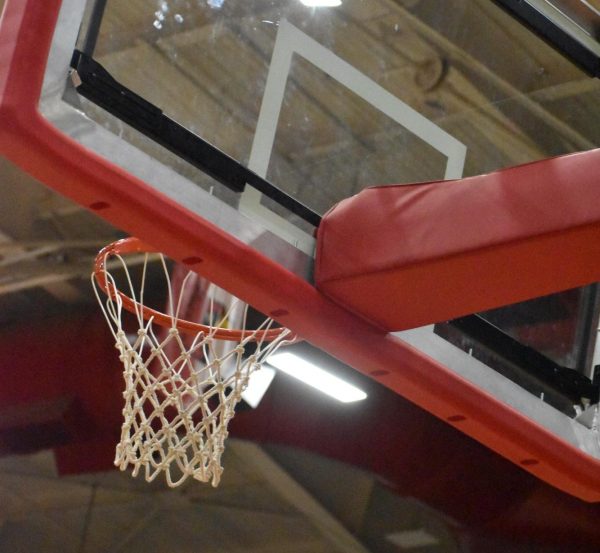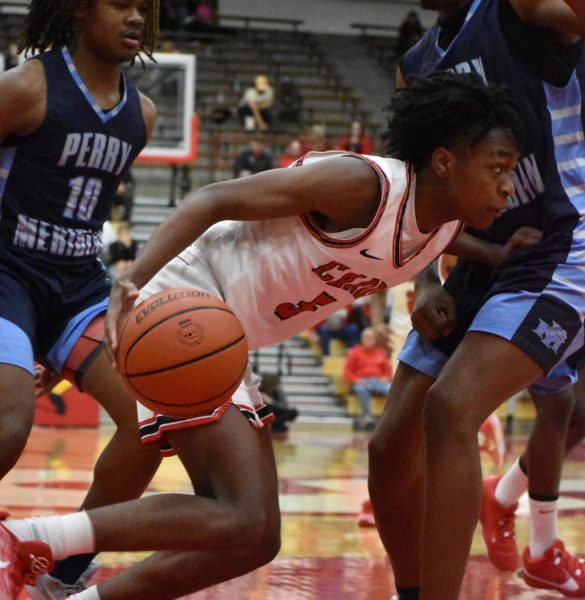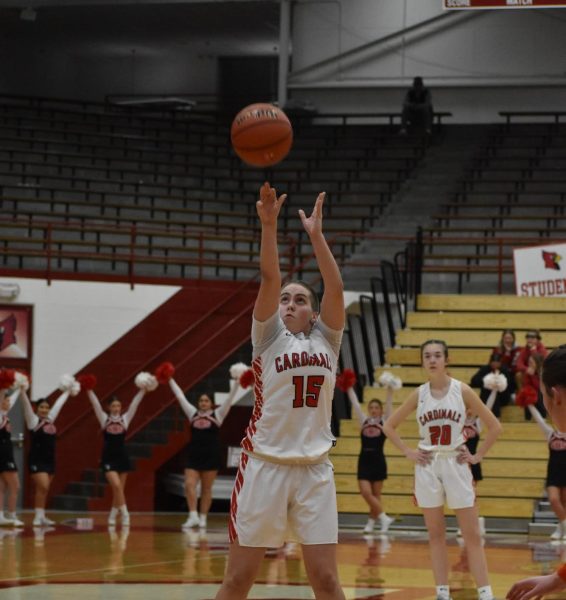More needs to be done to prevent athletic injuries in high school
Any athlete’s, especially a high school athlete’s, worst nightmare is a season-ending injury, many of which end up ending an athlete’s career. As it turns out, most injuries can be stopped. High schools aren’t doing enough to prevent their student-athletes from getting hurt.
It’s pretty obvious that I’m injured right now and that my season is over. But I’m not here to implicate my coaches or my trainers. I love them to death and there was really nothing anyone could do about my injury. However, I’ve thought that there needs to be more done to prevent student-athletes from getting hurt since I’ve been in high school.
According to the Southwest Athletic Trainers Association (SWATA), two million high school athletes get injured every year. There’s something very wrong with that number. High school is the prime time for athletes to get recruited to go on to the next level of play, but many lose their chance to prove what they can do because they are hindered by injury.
Sports Trauma and Overuse Prevention (STOP) Sports Injuries, an organization founded by American Orthopedic Society for Sports Medicine, says over half of all sports injuries occur due to the overuse of a tendon, muscle or joint. Some high school sports teams are practicing over 15 hours per week. Coaches are continuously telling their athletes to “play through the pain,” when in reality, taking some time off is what is best for their health.
Yes, college and professional athletes practice well over 15 hour per week. The difference between us and them is that they are always conditioning and strengthening their bodies for competition. High schoolers aren’t. We expect to “play into shape”, which is one of the most dangerous things to do. Schools need to make sure all of their teams are being conditioned properly. If a team isn’t working to build their endurance and to strengthen their muscles necessary for their sport, they run a higher risk of injury.
Most high schools provide certified athletic trainers. My athletic trainer is probably the only reason I’m not completely held together with tape. But trainers are there in case an athlete gets hurt, not to prevent injuries. The school needs to be willing to host a clinic that teaches athletes how to properly strengthen their bodies in order to avoid injury.
Dehydration is a common theme among athletes. According to SWATA, two out of every three kids show up for practice dehydrated. When athletes are dehydrated, their muscles are weaker, making it easier for them to get injured. Schools need to make sure all of their athletes are hydrated before practicing or playing in a game. Hydration is hard to monitor, but doing something as simple as educating coaches and players on the symptoms of dehydration could help prevent injuries and trips to the hospital.
Athletes are stubborn when it comes to injuries. No one who loves their sports wants to sit on the sidelines while their teammates are competing. High schools need to understand that and take necessary protocols to make sure an injured athlete fully recovers before returning to play. Demanding a clearance from a health-care professional and establishing a return-to-play protocol reduces the risk of reinjury. Return-to-play protocols are in place for concussions, but I have yet to see anything else like that.
I promise you that an athlete who is looking for a college scholarship will say anything to get back on the field. I can’t sit here and put all of the blame on schools. As athletes it’s our responsibility to speak up when we are in pain. It’s our job to speak up about injury prevention.
High school is the most important stage in athletics for some and the last chance to play for others. Schools, athletic departments and coaches need to do whatever they can to make sure their players get to make the most of these four years.

Hey, my name is Niki Smithers. I’m a senior and the sports editor this year. I’m also the Copy Editor for the yearbook. I’ve been involved in sports...


